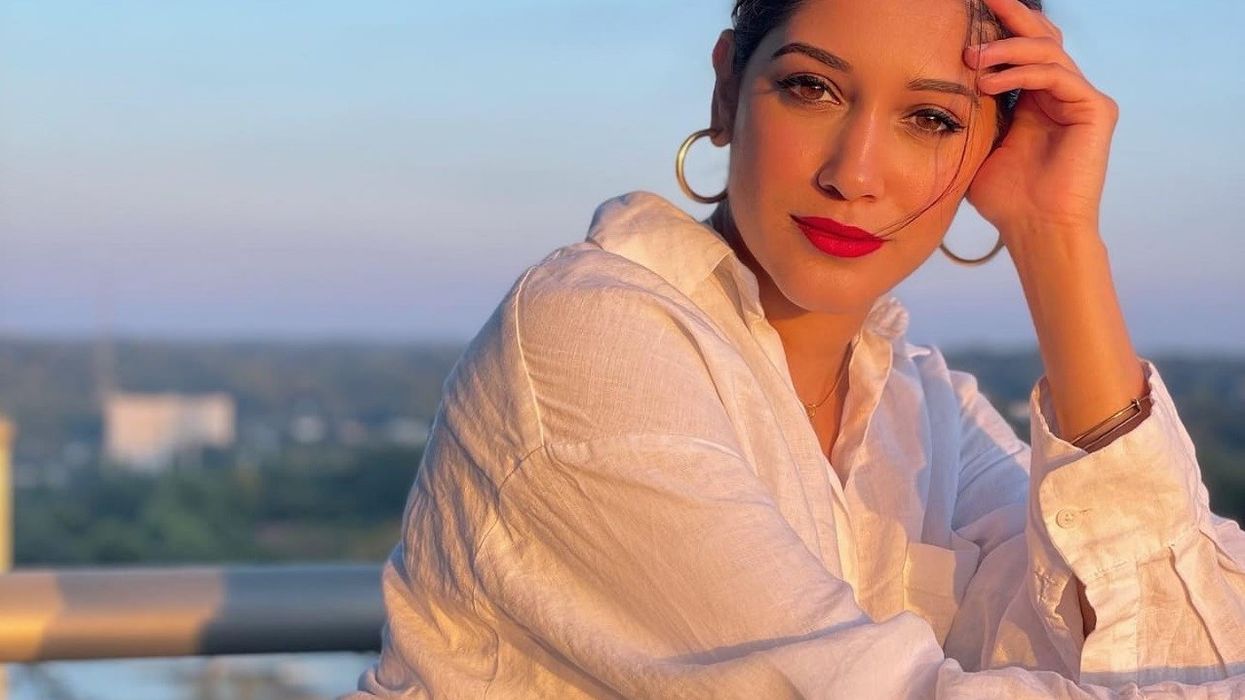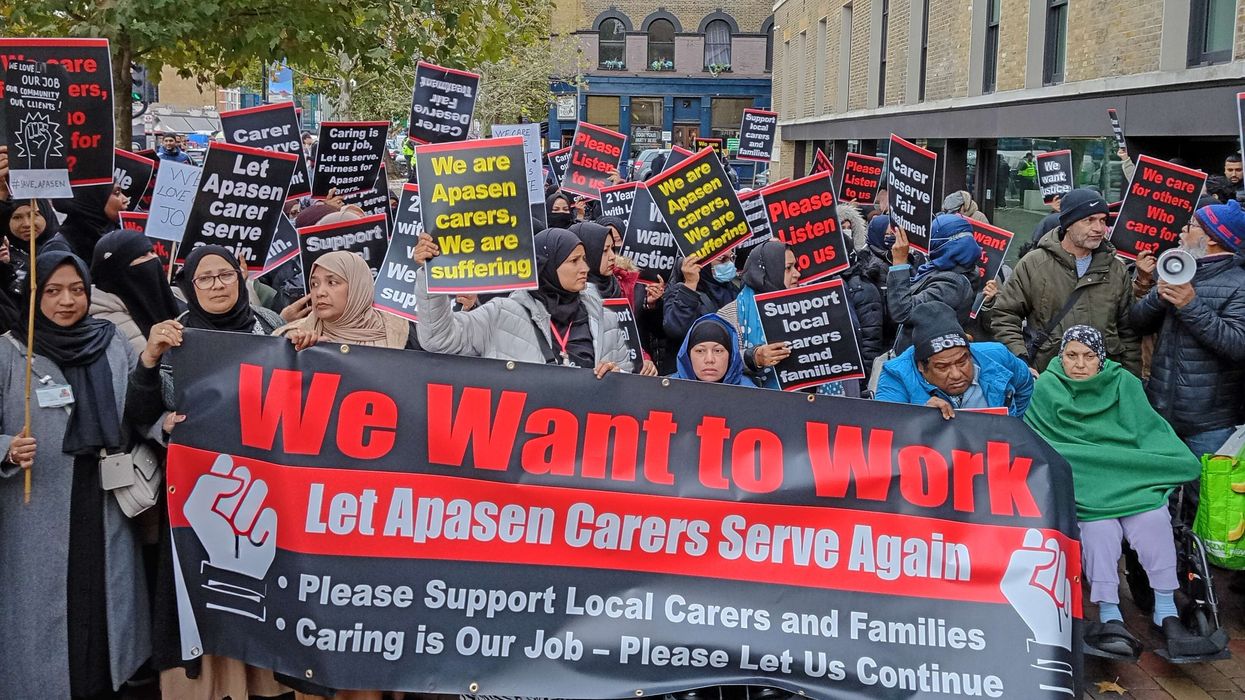Actress Aneesha Joshi played a pivotal part in season 5 of the popular American medical drama series The Resident, created by Amy Holden Jones, and won raves for her performance.
What made her experience even more memorable was the fact that she got to share the screen space with her real sister on the show.
“I am lucky enough to share the screen with my sister for the very first time! Working with Anuja on building Leela and Padma’s storyline is a joy and truly inspiring as an actor,” she tells Eastern Eye in an interview. Read on…
I have to begin by asking how you have been spending time with so many restrictions being lifted up, and how has shooting on sets changed?
For me personally, strict restrictions being lifted and being fully vaccinated (with a booster) has certainly eased my feelings of fear surrounding this new strange world we all live in. It’s important to remember that we aren’t quite at the end yet, so I do my best to keep myself healthy and minimize the risk of exposure to not only protect myself but those who surround me as well.
Shooting with Covid-19 protocols in place is quite a unique experience. There are definitely social distancing precautions being taken whenever possible and masks are mandatory while occupying enclosed spaces on units. I am so amazed at how productivity has not halted despite so many rules and regulations in place! As the adage goes: the show must go on, and it truly does- safely of course.
Would you like to share your experience from the sets of Fox's new show?
My experience working on The Resident has been nothing short of a dream. This show is so compelling, entertaining and has such a talented cast and crew. Not to mention, I am lucky enough to share the screen with my sister for the very first time! Working with Anuja on building Leela and Padma’s storyline is a joy and truly inspiring as an actor. It feels as if I am in complete sync with her emotionally and creatively. Coming to work on The Resident, every day has been such a joy, and I truly feel like I am learning so much on the job by just absorbing and observing my surroundings. I want to thank Amy Holden Jones, Rob Corn, and the entire production team for taking this chance on my addition to the cast and allowing me to express myself as Padma so freely.
How did you develop an interest in acting? How did you discover your passion for it?
Growing up, I was always involved in performing arts. I regularly participated in school plays, learned music and singing, and studied dance quite intensively. I studied Ballet, Jazz, Latin Ballroom, Kathak, Bharatnatyam, and Kuchipudi. Throughout my intensive arts education, I always felt strongly that Kuchipudi was not just dancing, but a form of acting. Each individual piece in Kuchipudi tells a detailed and beautiful story of an avatar, deity, or devotee. There are so many epic stories in Hindu mythology, and Kuchipudi allows for the communication of those stories through intricate dance movements as well as Abhinaya, facial expressions. I believe that my Kuchipudi training is what opened up my eyes to the possibility of pursuing acting professionally!
What is your driving force? Like what is that one thing that motivates you to do better and better?
One of my biggest driving forces is quite honestly the fear of stagnation. I'm a curious person by nature, and I'm always looking for new ways to expand my mind and my creativity. I am a hard worker and believe that there’s no limit to what is within reach, as long as we don’t stop moving towards the goal.If you weren't an actor, which other profession you would've taken up? And why?
This is a tough question! I have so many different interests. I studied IR and Economics with a concentration in East Asian markets during undergrad, so I feel a corporate job that ties in my creative and analytical side would have been my next choice apart from acting. A marketing consultant for a Shanghainese firm that does a lot of Business in the west? Either that or a chef. Depends on the day!Who is your favorite new generation actor?
Quite honestly, I love so many of the new generation talents we have today. I particularly feel that Siddhant Chaturvedi has an undeniable camera presence and a very bright future ahead of him.A film you wish you were a part of?
Anything directed by Zoya Akhtar, she is such a beautiful, talented and intelligent storyteller. I particularly loved Dil Dhadakne Do!A genre you would love to try?
Comedy! I feel like it’s one of the most difficult genres to master.If you had to do a biopic on someone's life, who'd that be?
My own? One day maybe!Your favorite film?
This is such an impossible question to answer, there are way too many! If I had to choose one at random, maybe it would be Aladdin? I can rewatch it over and over.An actor you would love to work with?
I would love to do a proper Bollywood masala movie with the one and only Varun Dhawan, no one quite does it like him!





 Cardi B creates gold umbilical cord pendant for newborn and internet can’t decide Instagram/mommymadeencapsulation/iamcardib
Cardi B creates gold umbilical cord pendant for newborn and internet can’t decide Instagram/mommymadeencapsulation/iamcardib 






